Zero calories / zero glycemic index
safe for diabetics, keto, weight-loss seekers.
...From a Tree, and Still Very Much Sugar
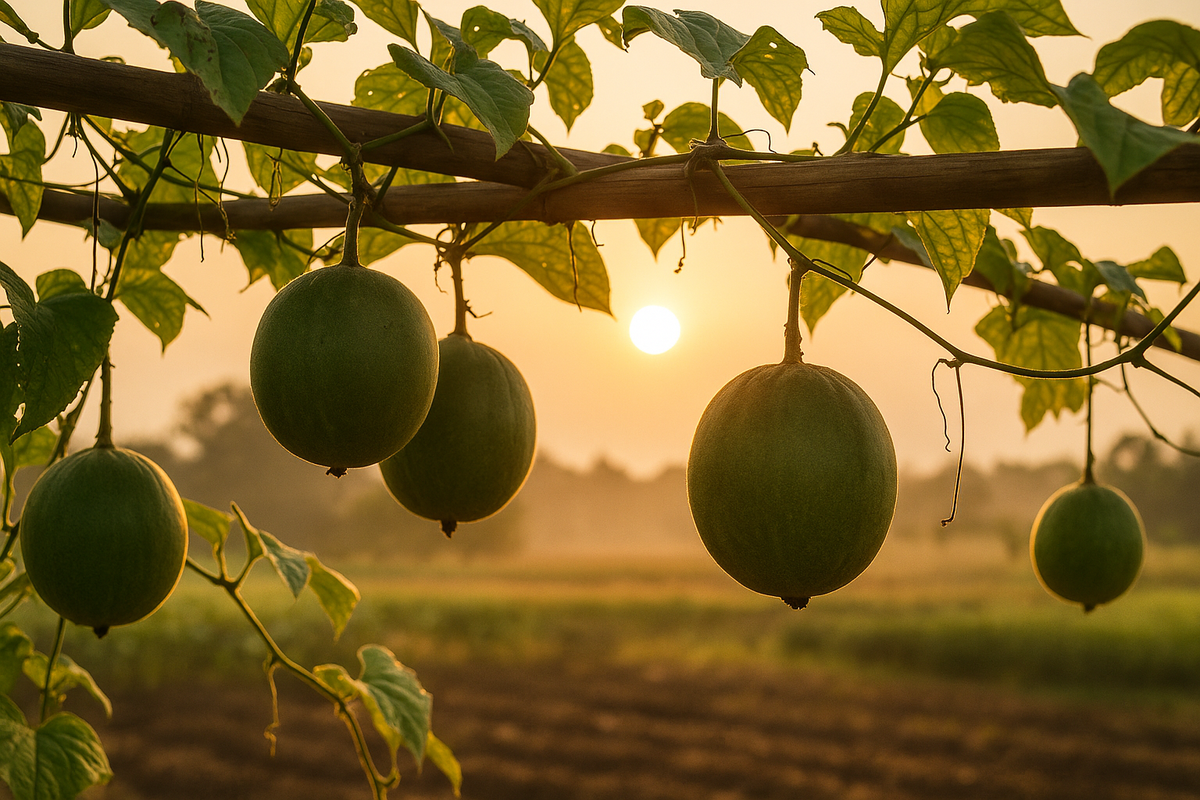
Maple syrup has brilliant branding: rustic, ancestral, tree-tapped, “better than sugar,” and now even being framed as a “functional sweetener.”
When you strip the romance off and look at the data, the picture is:
Here’s the full breakdown.
Genuine maple syrup is concentrated sap from maple trees, mostly Acer saccharum (sugar maple). The sap is boiled down until it reaches ~66–68% soluble solids (°Brix).
Chemically, high-quality maple syrup is:
Put differently:
Maple syrup is basically a sucrose syrup with minor amounts of glucose, fructose, and some bioactive compounds layered in.
Calorically, it’s what you’d expect from a sugar-dense liquid:
The GI story is where most “maple is healthy” claims start.
Data points:
Interpretation:
So yes, maple syrup is “less spiky” than sugar. But it is absolutely not glycemic-neutral.
Just like honey, maple syrup is a prime target for food fraud.
Examples:
And of course:
So just like with honey, you have two layers of reality:
Maple syrup does contain:
Those compounds are real and have interesting pharmacology, especially in vitro and in animal models.
But:
So the right way to frame it:
Maple syrup is slightly less empty than white sugar. That doesn’t make it a nutrient-dense food; it makes it a less-empty sugar.
There is legitimate research showing maple syrup is less damaging than refined sugar in substitution experiments.
A recent clinical trial (NCT04117802):
Interpretation (this is important):
Maple wins a “less-bad” contest versus sucrose. It does not graduate into a health food.
Every major health authority treats maple syrup as free sugar:
So on a policy level, maple syrup is firmly in the “limit this” column, right next to sugar and honey.
Unlike honey, maple syrup is inherently heat-processed:
There isn’t really a “raw maple syrup” equivalent in the sense of unheated product – the transformation requires high heat by definition. Some phenolics survive; some may be formed or degraded; but you’re not getting a raw botanical nectar with delicate heat-sensitive enzymes.
So:
Now the comparison that actually matters for your sweetener strategy.
Monk fruit sweeteners in general:
MonkVee’s implementation:
Steviol glycosides generally:
MonkVee specifically:
From a metabolic design viewpoint:
They are not substitutes in kind – they live in completely different risk categories.
If you frame the question as:
“If I refuse to give up sugar entirely and I’m choosing between refined white sugar and real maple syrup, which is smarter?”
Answer: pure maple syrup. It’s modestly lower GI, carries some polyphenols, and human/animal data show it’s less damaging than sucrose in a one-for-one substitution.
But if the question is:
“What should be the primary sweetener base in a serious metabolic, liver, and longevity-focused strategy?”
Maple doesn’t make the cut:
For that higher bar, the hierarchy is:
Maple syrup isn’t the villain – it’s just still sugar, wearing a nicer outfit, in a world where you now have tools (like MonkVee) that give you sweetness without signing you up for the metabolic bill.
| Sweetener | Sweetness Level vs Sugar | Calories per Teaspoon | Glycemic Index | Aftertaste / Fillers | Verdict |
|---|---|---|---|---|---|
| Table Sugar | 1x | 16 | 65 | No fillers, but addictive | Tastes good, but fuels cravings & crashes |
| Pure Monk Fruit (MonkVee) | ~150x sweeter | 0 | 0 | No fillers, clean taste | Best sugar alternative – clean, natural, zero glycemic impact |
| Stevia | ~300x sweeter | 0 | 0 | No fillers, MonkVee has no aftertaste | Pure Stevia is a great option like Pure Monk Fruit |
| Coconut Sugar | 1x | 15 | 54 | No fillers, but still sugar | Marketed as “healthy,” but still raises blood sugar |
| Agave | 1.5x | 15 | 10–20 | No fillers, but high fructose | Lower GI, but high fructose load |
| Maple Syrup | 1x | 15 | 54 | Natural, but still sugar | Delicious, but not a real sugar-free alternative |
Millions of Americans are waking up to the processed sugar epidemic. Don’t be the last one stuck with the crash, bloat, and regrets — when MonkVee makes the swap easy.
Monk fruit, also known as Luo Han Guo, is a small melon native to southern China. For centuries, Buddhist monks used it as a medicinal tea for longevity and wellness. Its sweetness comes from mogrosides — unique antioxidant compounds up to 150–300× sweeter than sugar, but with zero calories and no glycemic impact.
At MonkVee, we deliver both pure monk fruit extract and pure stevia leaf extract — no erythritol, maltodextrin, or fillers. For those who enjoy blends, we also craft monk fruit + erythritol sweeteners that bake, brown, and caramelize just like sugar.
| Sweetener | Calories (per tsp) | Other Nutrition Claims | Reality Check |
|---|---|---|---|
| Table Sugar (cane) | ~16 | “Energy source” | Empty calories, high glycemic load |
| Coconut Sugar | ~16 | Lower GI, contains minerals | Still mostly sucrose |
| Date Sugar | ~15 | Made from dried dates | Still sugar, high calorie |
| Agave Nectar | ~20–21 | Low GI | High fructose load |
| Maple Syrup | ~19 | Minerals & antioxidants | Still sugar-heavy |
| Honey | ~16–20 | Natural, antibacterial | High sugar load |
| Jaggery | ~15–16 | “Unrefined sugar” | Same impact as cane sugar |
| Molasses | ~15 | Iron & minerals | Still concentrated sugar |
| Brand | Problematic Ingredients | Why It Matters |
|---|---|---|
| Monk Fruit in the Raw | Dextrose | Cheap filler; spikes blood sugar |
| Splenda Monk Fruit | Dextrose, Maltodextrin | Additives reduce purity |
| Whole Earth Monk Fruit Blend | Erythritol, Natural Flavors, Sugar | Contains sugar + vague flavors |
| Sugar in the Raw “Monk Fruit” | Cane Sugar | Not sugar-free; misleading |
| Sweet’N Low “Monk Fruit” | Saccharin, Dextrose | Artificial additive with history |
| Category | Best Fit For | Key Benefits | Caveats |
|---|---|---|---|
| Pure Monk Fruit Extract | Zero-calorie drinks & baking | Natural, antioxidant-rich | Very sweet; use sparingly |
| Monk Fruit 1:1 Blends | Daily sugar replacement | Easy swap; sugar-like texture | Higher price than sugar |
| Pure Stevia Extract | Teas, smoothies, keto | No calories, no aftertaste (MonkVee) | Other brands may taste bitter |
| “Natural” Sugars | Traditional recipes | Trace minerals | Same calorie & glycemic impact |
| Syrups | Flavor depth | Antioxidants, unique taste | High calorie, sugar-heavy |
| Product | Sweetness vs Sugar | Daily Use Example | Average Duration |
|---|---|---|---|
| MonkVee Pure Monk Fruit Extract | 150× sweeter | 1 coffee/tea daily | ~6 months |
| MonkVee Pure Stevia Extract | 300× sweeter | Smoothie or tea daily | ~9–10 months |
| Brand | Strengths | Weaknesses |
|---|---|---|
| MonkVee | Pure extracts, premium taste, bulk sizes | Higher cost vs sugar |
| Monk Fruit in the Raw | Easy to find | Contains dextrose filler |
| Sweet’N Low “Monk Fruit” | Cheap | Contains saccharin & dextrose |
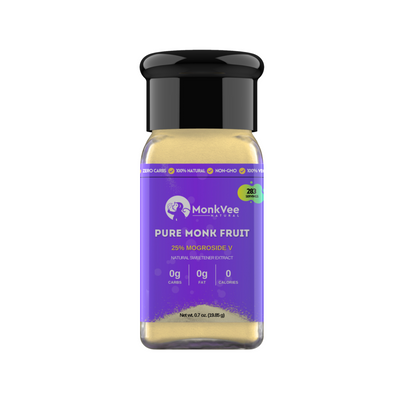
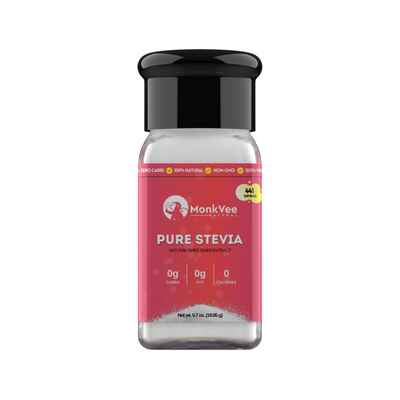
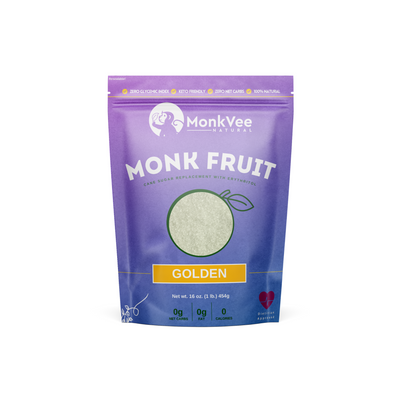
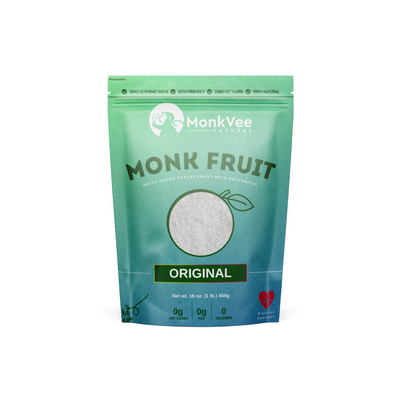
safe for diabetics, keto, weight-loss seekers.
Say goodbye to added sugar and lab-made artificial sweeteners.
No bitter aftertaste
Our products are high quality and 100% natural with no sneaky fillers or preservatives.
Our customers keep coming back for more. Why count calories when you can just ditch them!
MonkVee is founded by a type 1 diabetic and registered dietitian.
MonkVee sweeteners can be used in anything! See our recipe library for inspiration.
100% satisfaction guarantee or your money back, no questions asked

Ditching the sugar was never THIS easy!
Learn why millions of smart humans are ditching added sugar now
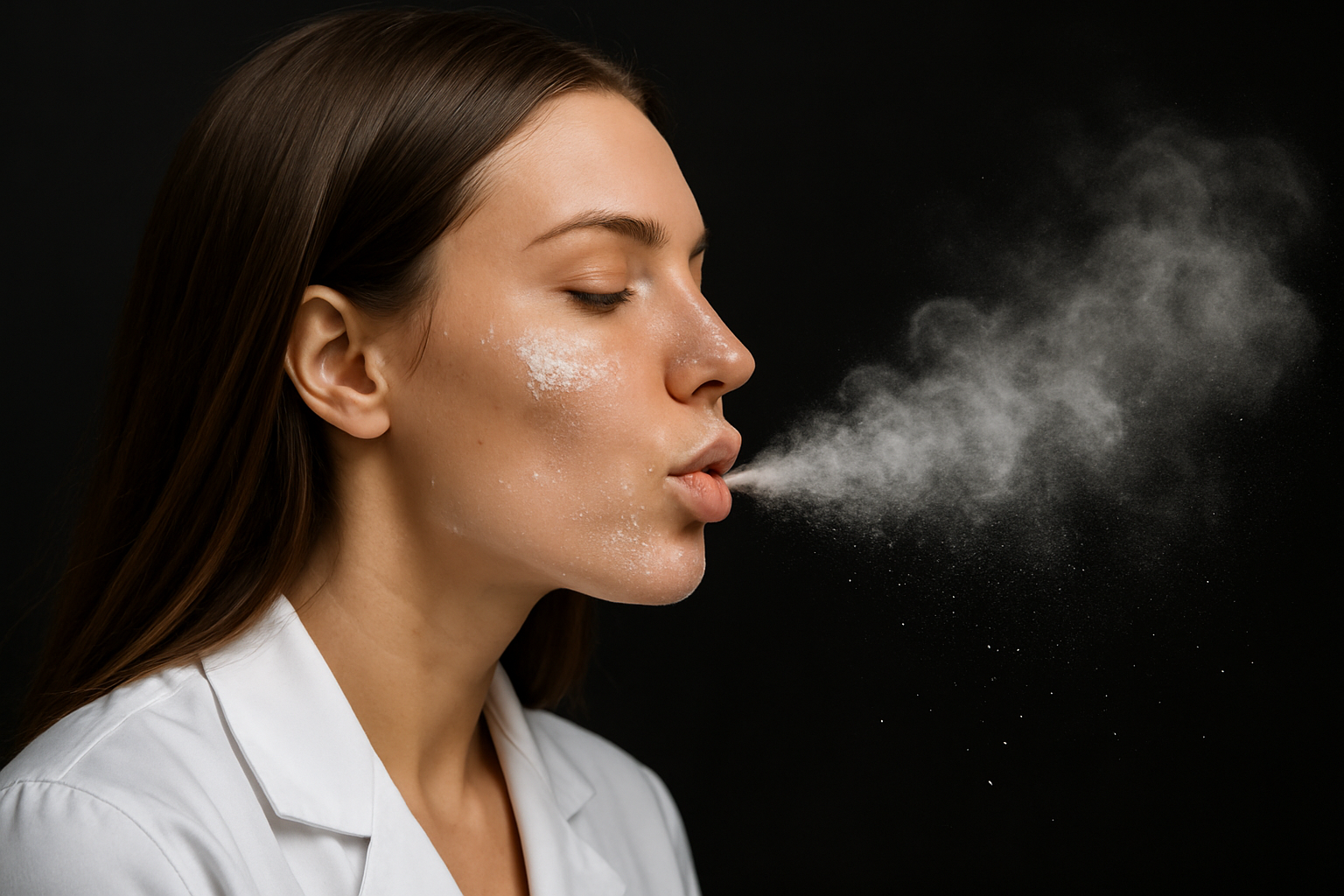

Cuts empty calories without losing satiety. Linked to reduced visceral fat (Harvard study). Prevents sugar spikes & crashes that fuel hunger
Prevents insulin spikes & crashes. Improves insulin sensitivity. Lowers Type 2 diabetes risk.
High sugar doubles risk of heart mortality. Improves cholesterol & lipid profiles. Reduces fatty liver risk.
Eliminates sugar highs and crashes. Reduces brain fog. Linked to lower rates of mood disorders
Reduces stress hormone imbalance. Improves hunger/satiety regulation. Supports women with PCOS (insulin-driven).
Lowers acne-causing inflammation. Prevents glycation (wrinkles, collagen damage). Reduces water retention & bloating. Sugar feeds cavity-causing bacteria. Cutting sugar reduces decay & gum disease.
Sugar weakens immune response. Cutting sugar reduces harmful bacteria & candida. Lowers risk of major chronic diseases. Linked to greater life expectancy.
High sugar impairs memory & focus. Alzheimer’s risk tied to “Type 3 diabetes” effect. Improves overall vitality & daily health. Lower risk of cognitive decline with reduced sugar intake
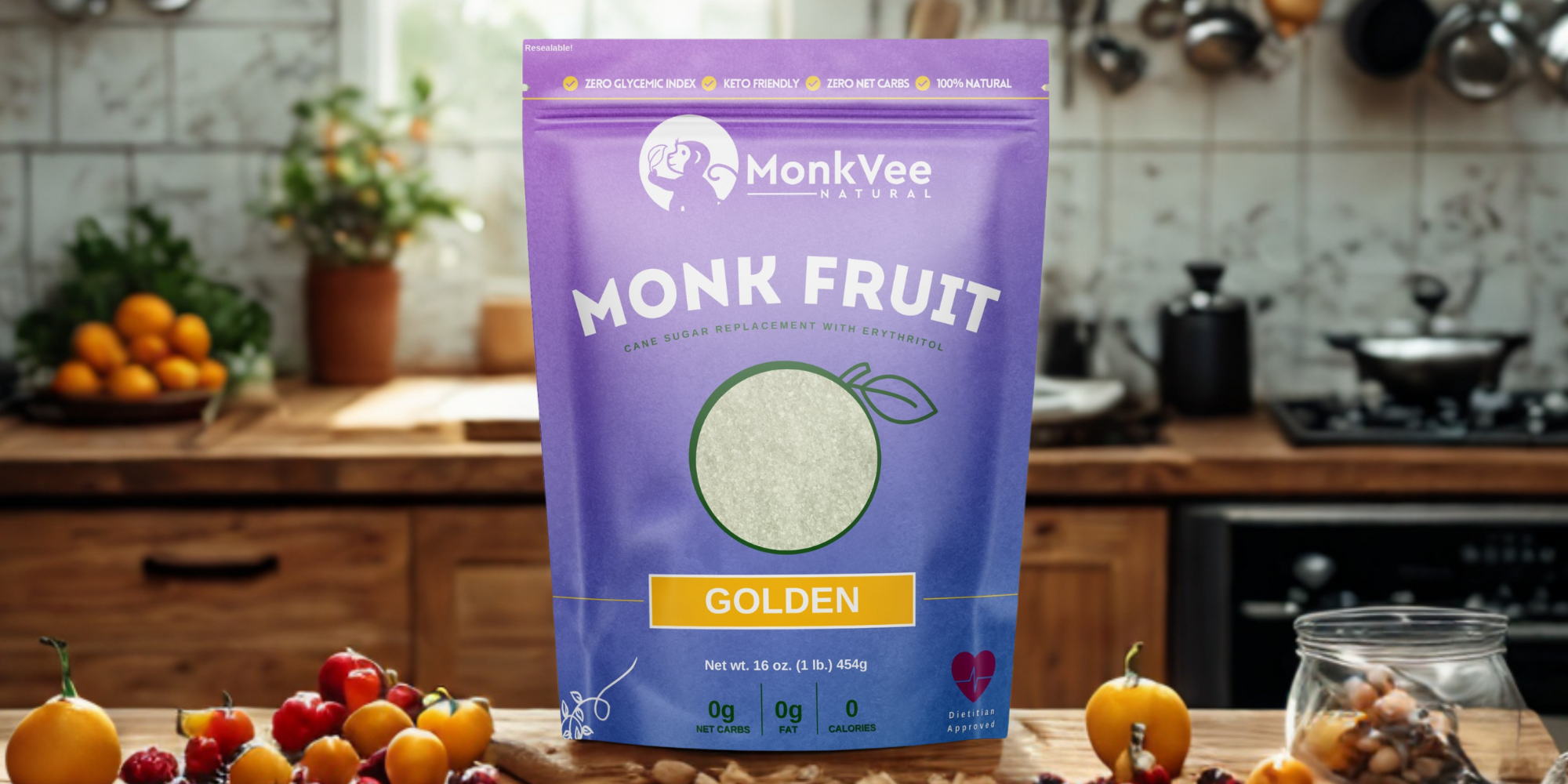
Welcome to the Sweet Life.
!